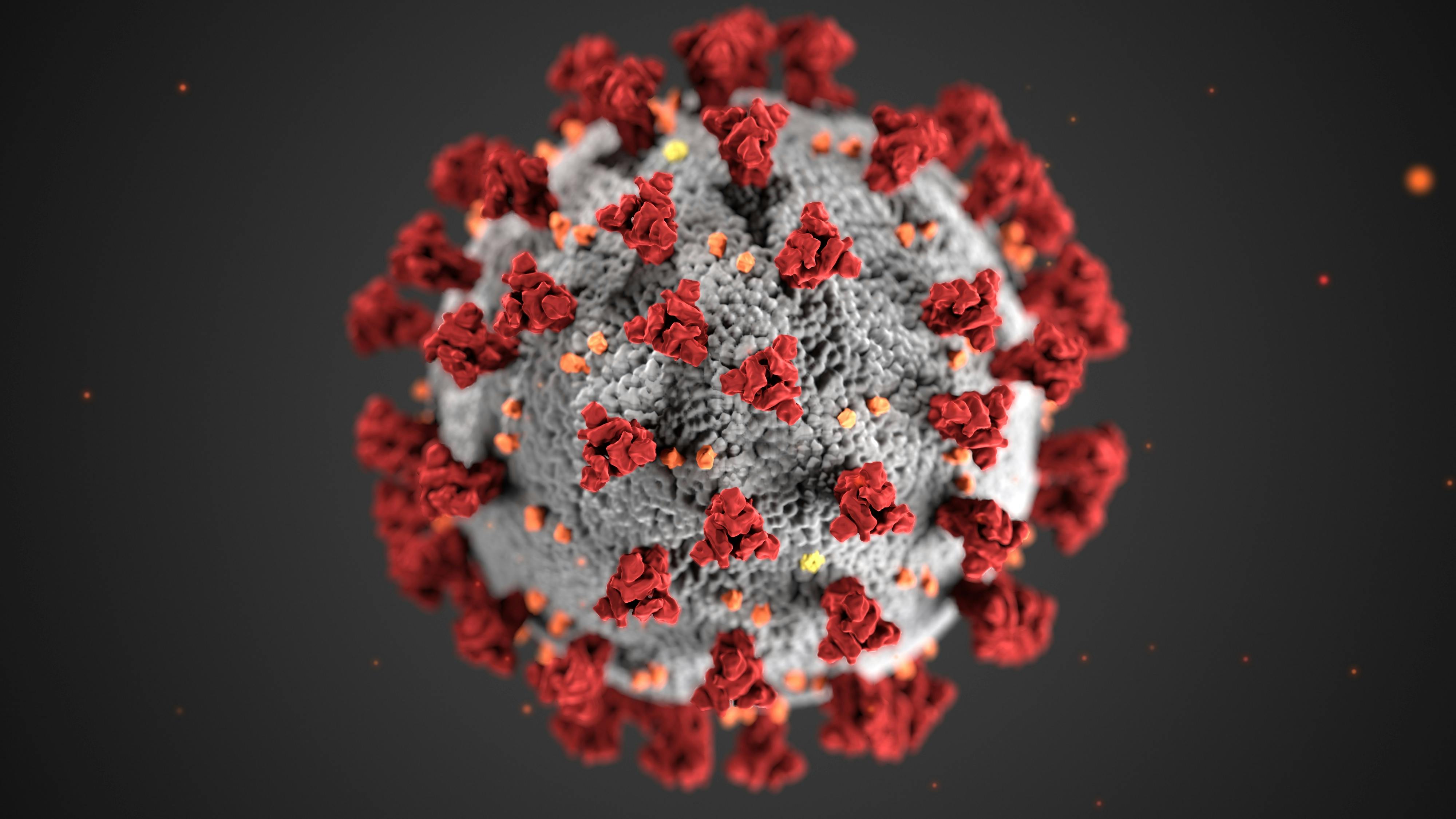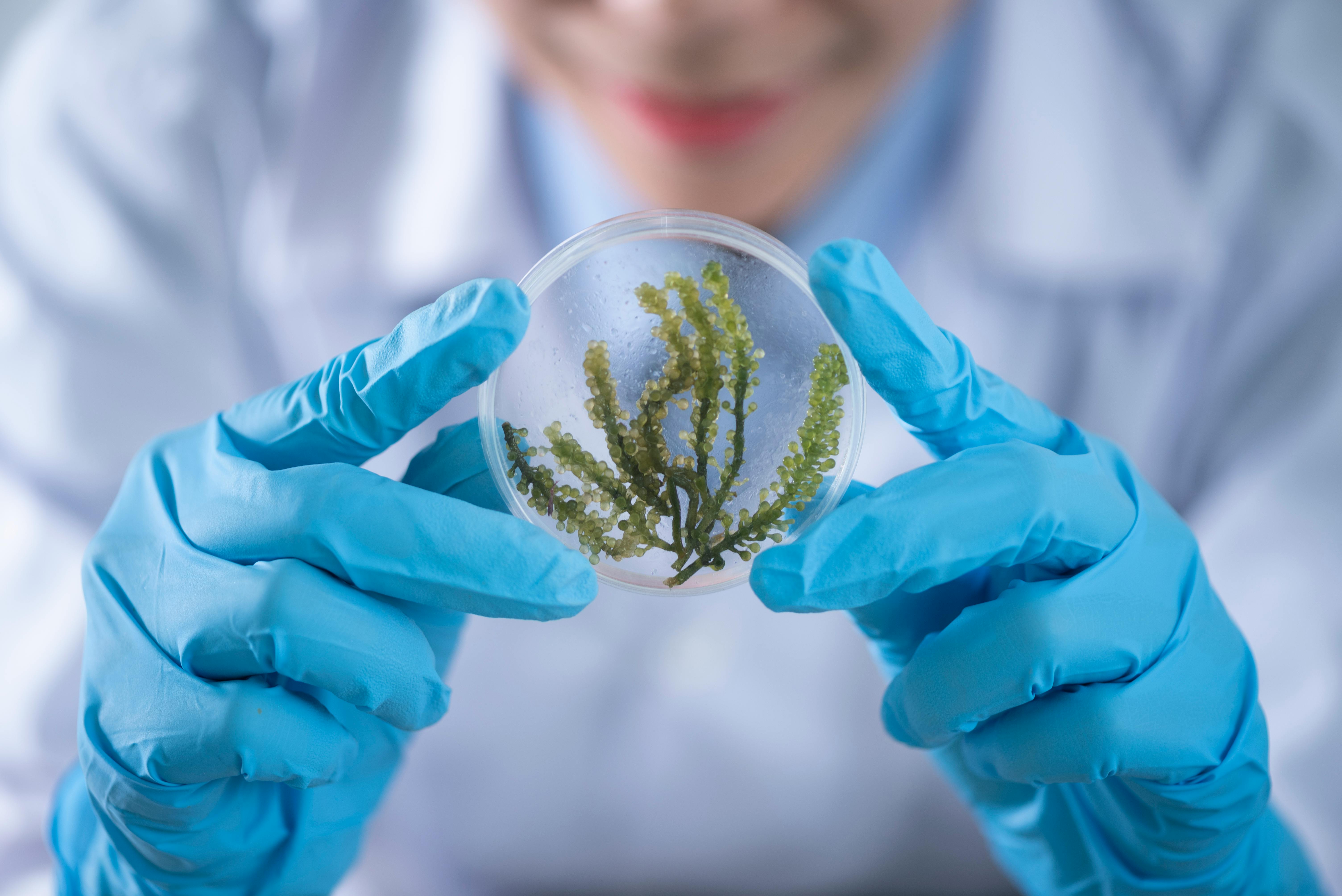The Shape-Shifting Signal
How BMP-6 Masters Fat Cell Fate Through Microenvironment Cues
Article Navigation
Introduction: The Architect Within
Imagine a single molecular signal capable of transforming ordinary fat cells into either bone builders or cartilage creators. This isn't science fiction—it's the remarkable reality of Bone Morphogenetic Protein 6 (BMP-6) and its power over adipose-derived mesenchymal stem cells (AD-MSCs). Found abundantly in body fat, these cells hold immense regenerative potential.
Yet, their destiny hinges on microscopic environmental cues that dictate whether BMP-6 drives bone formation or cartilage creation. Recent breakthroughs reveal how physical culture conditions—like cell shape and 3D architecture—act as a hidden language, instructing BMP-6 to toggle between skeletal fates 1 9 . This discovery reshapes tissue engineering, turning discarded adipose tissue into a precision toolkit for repairing joints, bones, and beyond.
Key Insight
BMP-6's effects on fat stem cells change dramatically based on their physical environment—a paradigm shift for regenerative medicine.
1. Fat as a Goldmine: The Rise of Adipose-Derived Stem Cells
Adipose tissue is no longer seen as mere energy storage. It's a rich reservoir of multipotent mesenchymal stem cells (AD-MSCs) accessible via minimally invasive liposuction. Unlike bone marrow stem cells, AD-MSCs offer staggering advantages:
Multipotency
They differentiate into bone, cartilage, fat, and muscle under the right signals 4 .
Clinical practicality
Autologous transplants avoid immune rejection, and their secretome accelerates healing 9 .
"AD-MSCs represent a democratization of regenerative medicine—harvesting potential from tissue once discarded as waste" 4 .
The chart illustrates the superior yield of stem cells from adipose tissue compared to bone marrow, making it a more efficient source for regenerative therapies.
2. BMP-6: The Dual-Faced Conductor of Cell Fate
BMP-6 belongs to the TGF-β superfamily, proteins critical for skeletal development. While BMP-2 and BMP-7 are FDA-approved for bone repair, BMP-6 exhibits unique traits:
- Potency: Triggers osteogenesis at lower doses than BMP-2/7 3 5 .
- Duality: Drives both bone and cartilage formation—a rarity among growth factors 1 6 .
- Mechanosensitivity: Its effects are exquisitely tuned to physical microenvironments 1 7 .
BMP Family Comparison
| BMP Type | FDA Approved | Key Feature |
|---|---|---|
| BMP-2 | Yes | Strong osteoinduction |
| BMP-7 | Yes | Bone and kidney repair |
| BMP-6 | No | Bone & cartilage induction |
BMP-6 Mechanism

BMP-6 signaling pathway showing dual differentiation potential.
3. The Architecture of Fate: Pellet vs. Monolayer Culture
A landmark 2010 study exposed the bipotent magic of BMP-6 1 . Researchers isolated AD-MSCs from mice and tested two culture environments:
Monolayer Culture
Cells spread flat on plastic dishes, mimicking "stiff" bone surfaces.

AD-MSCs in monolayer culture tend to spread and flatten.
Pellet Culture
250,000 cells centrifuged into a spherical 3D aggregate, simulating cartilage's dense, cell-rich milieu.

3D pellet culture promotes cell-cell interactions.
Table 1: Culture Conditions Dictate BMP-6's Effects
| Culture Type | Cell Morphology | BMP-6 Response | Key Markers Upregulated |
|---|---|---|---|
| Monolayer | Spread, flattened | Osteogenesis | Runx2, Osteocalcin, ALP |
| Pellet | Round, aggregated | Chondrogenesis | Sox9, Collagen II, Aggrecan |
Methodology Snapshot
- Isolated murine AD-MSCs from inguinal fat pads.
- Cultured cells ± 200 ng/mL BMP-6 in identical basal medium.
- Assessed differentiation after 14 days using:
- DNA content (proliferation)
- Gene expression (qPCR)
- Histology (mineralized bone nodules or cartilage proteoglycans)
Table 2: Key Outcomes of BMP-6 Treatment
| Metric | Monolayer + BMP-6 | Pellet + BMP-6 |
|---|---|---|
| DNA Content | Increased 2.1-fold | Decreased 30% |
| ALP Activity | 12.5-fold ↑ | 1.8-fold ↑ |
| Mineralization | 300% ↑ (vs. control) | Negligible |
| GAG Deposition | Low | 400% ↑ (vs. control) |
The Verdict
In monolayers, BMP-6 ignited bone gene programs and mineral deposits. In pellets, the same factor switched allegiance, activating cartilage genes and sugar-rich proteoglycans. Physical architecture—not chemical additives—controlled fate 1 .
4. Molecular Machinery: How Msx2 and Signaling Pathways Translate Force into Fate
How does BMP-6 "sense" the environment? Key players include:
Hypoxia's Role
3D pellets create oxygen gradients, stabilizing HIF-1α—a chondrogenic booster 7 .
Pathway Diagram

"Msx2 acts as BMP-6's co-pilot—interpreting physical cues to steer Smad signaling toward bone or cartilage" 6 .
5. From Lab to OR: Clinical Applications and Hurdles
Harnessing BMP-6's duality could revolutionize regenerative therapies:
Osteochondral Repair
3D-printed scaffolds with zone-specific porosity could recruit AD-MSCs, using BMP-6 to regenerate both bone and cartilage layers in joints 9 .

Challenges Ahead
Delivery Precision
Sustained BMP-6 release without off-target effects remains tricky.
Scaffold Design
Optimizing pore size/stiffness to guide fate switching is ongoing 9 .
Clinical Validation
Only 10 of 950+ MSC trials are Phase 3, highlighting the need for robust data .
The Scientist's Toolkit: Reagents Decoding BMP-6's Magic
Table 3: Essential Tools for BMP-6/AD-MSC Research
| Reagent/Material | Function | Example in Studies |
|---|---|---|
| Recombinant BMP-6 | Induces differentiation | 200 ng/mL in basal medium 1 |
| Collagenase Type I | Digests adipose tissue for AD-MSC isolation | 0.075%, 90 min at 37°C 7 |
| Anti-Msx2 Antibodies | Detects key BMP-6 effector | Western blot/qPCR analysis 6 |
| p-Smad1/5/8 Inhibitors | Blocks canonical BMP signaling | Tests pathway necessity 5 |
| Polycaprolactone (PCL) | 3D-printed scaffold material | Mimics in vivo microenvironment 7 9 |
Conclusion: The Future is Context-Aware
BMP-6's bipotency reveals a core biological principle: cell fate is not dictated by signals alone, but by signals in context. By mastering the physical "dialogue" between AD-MSCs and their environment, scientists inch closer to on-demand tissue regeneration.
As 3D bioprinting and smart biomaterials evolve, we may see BMP-6-activated fat cells repair arthritic knees, shattered bones, or even spinal discs—proving that sometimes, the most powerful therapies emerge not from inventing new tools, but from listening to the whispers of cellular architecture 1 9 .
"The next frontier isn't just growing tissues; it's teaching them to build themselves."
